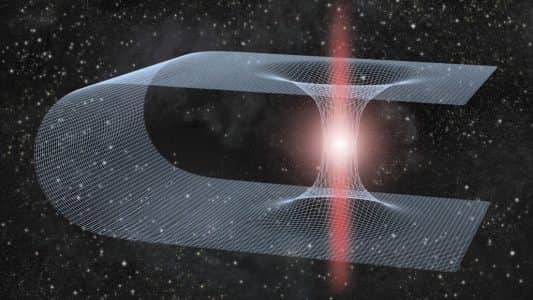Coral Turf Wars: Coral Polyp Found "kissing" by Microscope - Dispatch Weekly
July 14, 2016 - Reading time: 3 minutes
Microscopic studies of marine environments will reach new heights with a new and novel microscope developed by researchers from Scripps Institution of Oceanography with initial results showing huge promise.
For the first time researchers have used the newly built Benthic Underwater Microscope, or BUM, microscope to observe fascinating phenomena like coral turf wars, coral polyp “kissing,” and much more right in the marine environments. Scientists explain that this is the first microscope that is capable of observing millimeter-scale processes in natural setting as they occur on the seafloor.
Lab based observations, as carried out until now, have yielded great results, but the issue is that they do not reveal the whole picture with one of the major part – the natural context – going completely missing in lab based conditions. This is what motivated scientists to develop BUM – a microscope with a two-part system comprising of an underwater computer with a diver interface tethered to a microscopic imaging unit.
Published in the journal Nature Communications, the new study involving BUM says that the motivation motivation for building the imaging system was to better understand the many ecological processes taking place underwater on a microscopic scale. The BUM packs a high magnification lens, a ring of focused LED lights for fast exposures, fluorescence imaging capabilities, and a flexible tunable lens, similar to the human eye, to change focus for viewing structures in 3-D.
To test the new technology’s ability to capture small-scale processes taking place underwater, the researchers used the imaging system to view millimeter-sized coral polyps off the coast of Israel in the Red Sea, and off Maui, Hawaii.
For the purpose, the scientists set up BUM to capture the interactions of two corals of different species placed close to each other. Researchers observed a sort of chemical war going on between the two species. They observed that corals emit string-like filaments at microscopic level and these filaments secrete enzymes from their stomach cavity to wage a chemical turf battle to destroy the tissue of other species in a competition for seafloor space. When two corals of the same species were put next to each other, scientists observed no such behavior.
The researchers also captured video of neighboring individual polyps on a single coral colony taking turns embracing one another, an unknown phenomenon the researchers call coral polyp “kissing.”
Next, the researchers deployed the instrument off Maui following one of the largest coral-bleaching events on record, which occurs when single-celled algae that live inside the coral polyp eject themselves during high ocean temperature events. Recently bleached corals are still alive, but in their weakened state can be rapidly invaded and overgrown by filamentous turf algae.
Using the microscope, the research team observed a previously unreported honeycomb pattern of initial algal colonization and growth in areas between the individual coral polyps during coral bleaching. The images showed that algae are able to actively overgrow living corals during a bleaching event.

DW Staff
David Lintott is the Editor-in-Chief, leading our team of talented freelance journalists. He specializes in covering culture, sport, and society. Originally from the decaying seaside town of Eastbourne, he attributes his insightful world-weariness to his roots in this unique setting.

_1.jpg)


